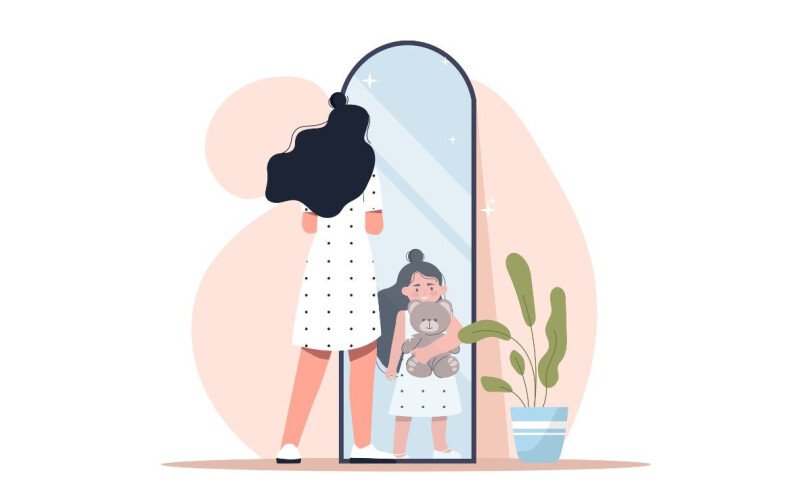Inside every adult lives a younger version of themselves—a child who once dreamed freely, felt deeply, and longed for safety, love, and acceptance. This“inner child” is not a metaphor for immaturity; iti is healing journey it’s the part of you that still holds the emotions, memories, and unmet needs from your earliest years. Whether those early chapters were filled with joy or marked by pain, your inner child continues to influence how you see yourself, connect with others, and respond to life.
The path to deep emotional healing often begins not with fixing yourself, but with compassionately reconnecting to this tender, hidden part of your soul.
Understanding the Inner Child
Your inner child carries both the light and shadow of your past.
- The light: creativity, playfulness, curiosity, and unconditional love.
- The shadow: wounds from neglect, rejection, loss, or unmet needs.
When the shadow is ignored, it can quietly shape your adult life—leading to patterns of self-doubt, people-pleasing, perfectionism, or difficulty trusting others.
Why Compassion is the First Step
Many people approach personal growth like a problem to be solved: “What’s wrong with me and how do I fix it?” But your inner child doesn’t respond to criticism, judgment, or force. Just like any real child, they need gentleness, safety, and understanding to open up.
Compassion invites you to say:
- “I see you.”
- “I believe you.”
- “It’s okay to feel this way.”
By meeting your inner child with kindness instead of shame, you create the safety needed for old wounds to surface and heal.
Signs Your Inner Child Needs Attention
- Feeling triggered by situations that seem “small” to others.
- Struggling to set healthy boundaries.
- Overreacting or shutting down in conflict.
- Feeling disconnected from joy, play, or creativity.
- Having recurring dreams or memories from childhood.
These aren’t signs of weakness—they’re invitations to listen more closely to what your inner child is trying to say.
Practical Ways to Reconnect With Your Inner Child
1. Create a Safe Inner Space
Set aside quiet time where you can visualize meeting your younger self. Imagine them sitting across from you. What do they look like? How do they feel? What do they need to hear?
2. Listen Without Judgment
Let your inner child speak through journaling, drawing, or even speaking aloud. Resist the urge to “correct” their feelings—just receive them with love.
3. Offer Comfort and Care
Place a hand on your heart or wrap yourself in a blanket while speaking kind words to yourself: “You’re safe now. I’m here for you.”
4. Bring Play Back Into Your Life
Engage in activities you enjoyed as a child—painting, dancing, building, exploring nature. Joy is a powerful healer.
5. Seek Support
Inner child work can bring up deep emotions. A trauma-informed coach or therapist can guide you through the process with care and safety.
The Transformation That Follows
When you meet your inner child with compassion, you begin to integrate their pain and their gifts into your adult self.
- Relationships become healthier because you no longer seek others to “parent” you.
- Self-worth grows as you learn to give yourself the acceptance you once craved.
- Joy returns because you’ve reconnected to the playful, curious parts of yourself.
Healing the inner child doesn’t erase your history—it rewrites the way that history lives in your present.
A Final Word
Your inner child is not a burden—they are the keeper of your truest self. Every time you choose compassion over criticism, you tell that child: “You matter. You’re safe. You’re loved.”
The healing journey isn’t about becoming someone new—it’s about remembering who you were before the world told you who to be. And it all begins with a single, tender step: starting with compassion.
